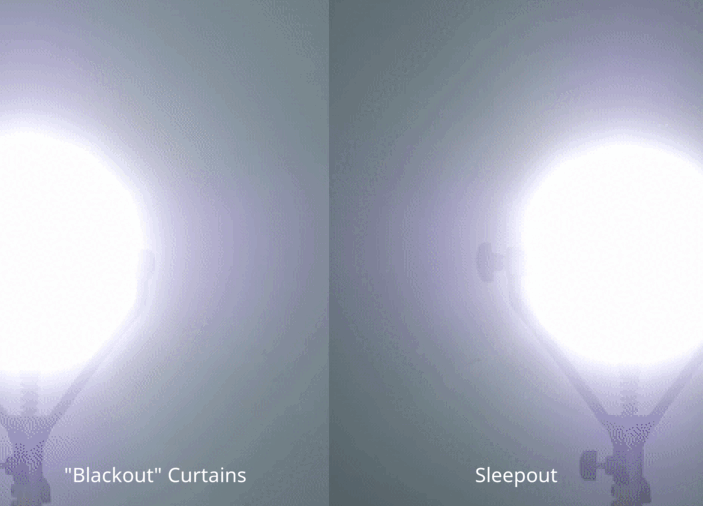Many parents face the wrenching challenge of a baby who will only sleep when held. Though the newborn stage is often accompanied by the adorable image of a sleeping baby in loving arms, this practice can quickly become exhausting and impractical. This article is dedicated to helping you understand why this happens, and, most importantly, how to help your baby sleep independently, ensuring restful nights for the entire family.
Understanding the Cause
Babies, especially newborns, often prefer falling asleep in their parents' or caregivers' arms. This preference is natural and stems from the warmth, comfort, and security they feel when held close, reminiscent of their environment in the womb. However, when this becomes a habitual sleep association, it can pose challenges.
It's important to determine the root cause underlying this preference. Sometimes it may be due to discomfort, such as gas or reflux, which feels better in an upright position. Alternatively, the baby might need more soothing than just being put down in a crib or bassinet alone.
Transitioning to Independent Sleep
The process of teaching your baby to sleep independently takes patience and consistency. Here are some step-by-step strategies to help ease this transition:
Create a Soothing Sleep Environment
The right environment can significantly influence your baby's sleep. Blackout curtains, such as those from Sleepout Portable Blackout Curtains, can create a night-like atmosphere any time of the day, which can help signal to your baby that it’s time to sleep. Room temperature should be comfortable – neither too hot nor too cold. Consider a white noise machine to mimic the sounds they heard in the womb.
Establish a Routine
Babies thrive on routine. By creating a predictable sequence of events leading up to bedtime, your child can begin to understand when it's time to unwind and go to sleep. A warm bath followed by a soft, gentle lullaby and dim lighting can be particularly effective. The final step should be laying your baby down awake but sleepy, so they associate the crib with the process of falling asleep.
Gradual Adjustments
Removing yourself from your baby’s sleep association won’t happen overnight. Start by holding your baby until they are drowsy but still awake, then place them in their bed. If they fuss, try patting or soothing without picking them up right away. Gradually increase the time your baby spends becoming drowsy in their crib instead of in your arms.
Consistent Response
Consistency is key. Try to respond to nighttime awakenings in the same way each time. This consistency helps your baby understand that nighttime is for sleeping, not playing or cuddling. If you choose to nurse or rock your baby to calm them, set limits on how long you repeat these actions.
Addressing Setbacks
Setbacks are normal, and various factors such as illness, teething, or travel can disrupt sleep patterns. During these times, your baby may need more comfort and might revert back to old habits of falling asleep in your arms. It’s crucial during these moments to provide comfort but to also gradually return to the process of encouraging independence once the situation stabilizes.
When to Seek Help
If your baby consistently struggles with sleep despite trying various strategies, it might be time to talk to a pediatrician. Professionals can help identify any underlying issues and provide guidance specific to your child's needs.
Conclusion
Teaching your baby to fall asleep on their own is a challenge many parents face, but with understanding, patience, and consistency, it is achievable. By creating a soothing environment with blackout curtains, establishing a routine, making gradual adjustments, and remaining consistent, you can ease your child's transition to independent sleep. Remember, each baby is unique, and sometimes, a flexible approach combined with professional advice may be necessary.
For Further Reading
For more information on creating the ideal sleep environment for your baby, consider exploring the features of Sleepout Portable Blackout Curtains. Not only do they help create a dark, soothing environment, but they're also portable, making them excellent for maintaining sleep routines even while traveling.

Raising a baby is a journey with its ups and downs. While this phase of only sleeping in arms may seem endless now, with the right tools and strategies, you’ll soon look back on these intimate moments of closeness as priceless memories of your baby's earliest days.

